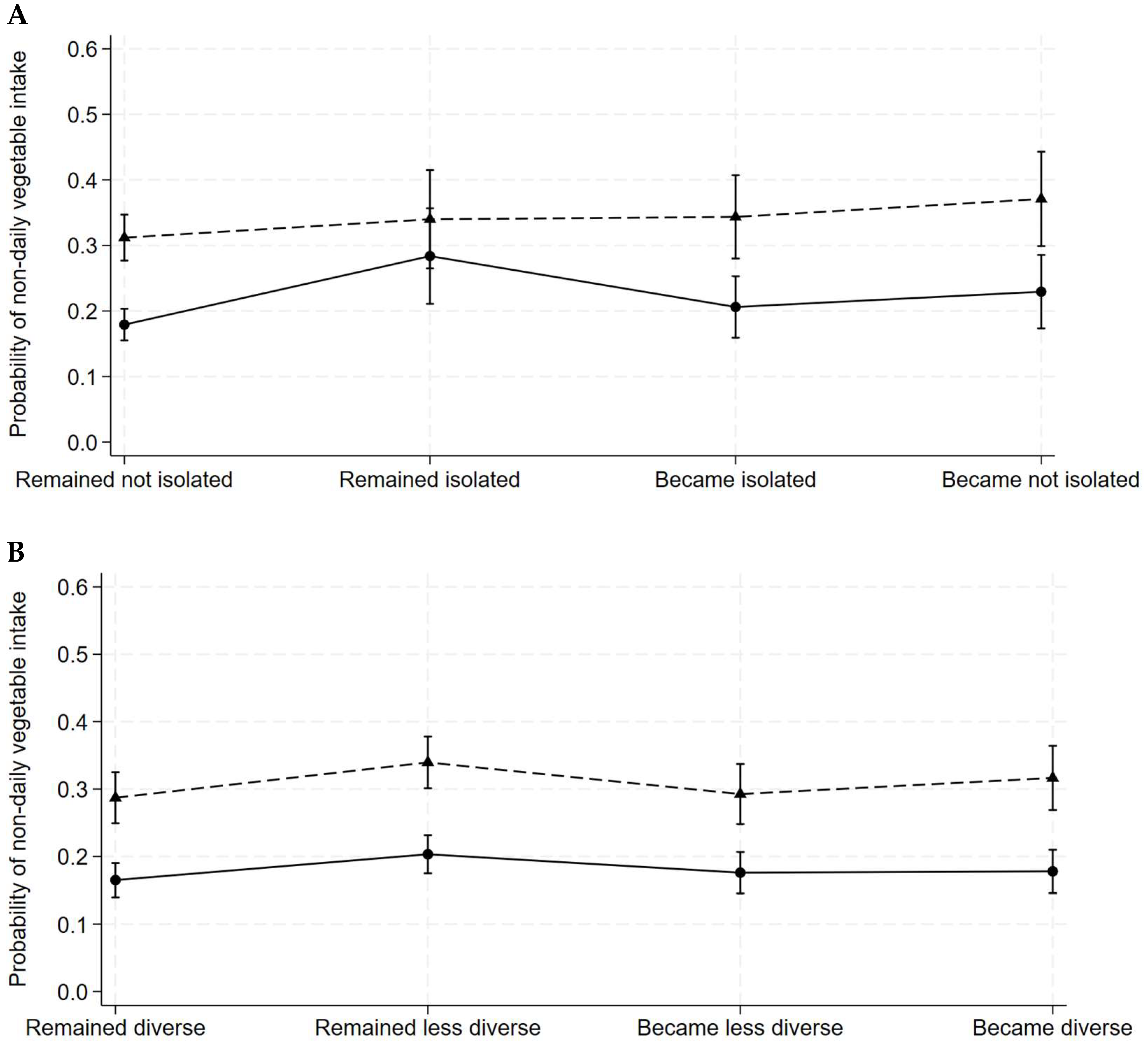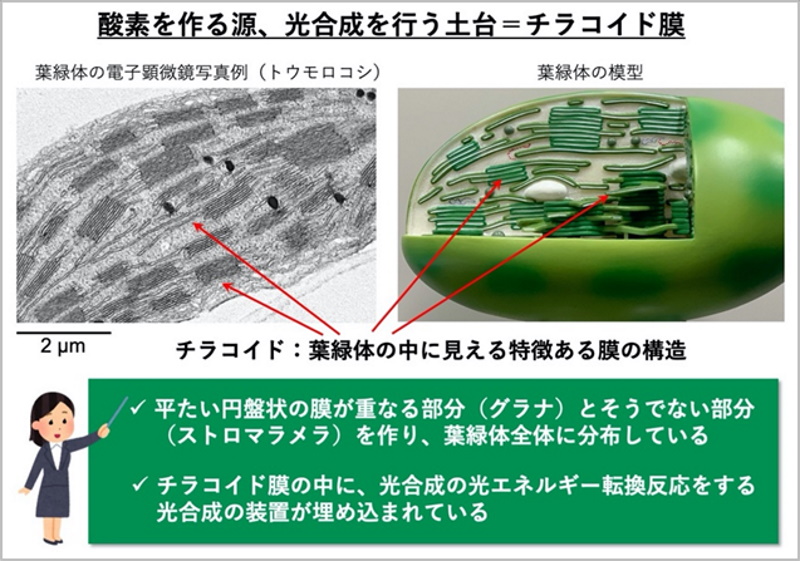2025-04-14 九州大学
<関連情報>
- https://www.kyushu-u.ac.jp/ja/researches/view/1247
- https://www.kyushu-u.ac.jp/f/61353/25_0414_01.pdf
- https://onlinelibrary.wiley.com/doi/10.1002/jcsm.13749
マルチオミックスアプローチを用いた原発性サルコペニアと末期腎疾患に伴う筋力低下の比較解析 Comparative Analysis of Primary Sarcopenia and End-Stage Renal Disease–Related Muscle Wasting Using Multi-Omics Approaches
Daiki Setoyama, Dohyun Han, Jingwen Tian, Ho Yeop Lee, Hyun Suk Shin, Ha Thi Nga, Thi Linh Nguyen, Ji Sun Moon, Hyo Ju Jang, Evonne Kim, Seong-Kyu Choe, Sang Hyeon Ju, Dae Eun Choi …
Journal of Cachexia, Sarcopenia and Muscle Published: 10 April 2025
DOI:https://doi.org/10.1002/jcsm.13749

ABSTRACT
Background
Age-related primary sarcopenia and end-stage renal disease (ESRD)–related muscle wasting are discrete entities; however, both manifest as a decline in skeletal muscle mass and strength. The etiological pathways differ, with aging factors implicated in sarcopenia and a combination of uremic factors, including haemodialysis, contributing to ESRD-related muscle wasting. Understanding these molecular nuances is imperative for targeted interventions, and the integration of proteomic and metabolomic data elucidate these intricate processes.
Methods
We generated detailed clinical data and multi-omics data (plasma proteomics and metabolomics) for 78 participants to characterise sarcopenia (n = 28; mean age, 72.6 ± 7.0 years) or ESRD (n = 22; 61.6 ± 5.5 years) compared with controls (n = 28; 69.3 ± 5.7 years). Muscle mass was measured using bioelectrical impedance analysis and handgrip strength. Five-times sit-to-stand test performance was measured for all participants. Sarcopenia was diagnosed in accordance with the 2019 Consensus Guidelines from the Asian Working Group for Sarcopenia. An abundance of 234 metabolites and 722 protein groups was quantified in all plasma samples using liquid chromatography with tandem mass spectrometry.
Results
Muscle mass, handgrip strength and lower limb muscle function significantly lower in the sarcopenia group and the ESRD group compared with those in the control group. Metabolomics revealed altered metabolites, highlighting exclusive differences in ESRD-related muscle wasting. Metabolite set enrichment analysis revealed the involvement of numerous metabolic intermediates associated with urea cycle, amino acid metabolism and nucleic acid metabolism. Catecholamines, including epinephrine, dopamine and serotonin, are significantly elevated in the plasma of patients within the ESRD group. Proteomics data exhibited a clearer distinction among the three groups compared with the metabolomics data, particularly in distinguishing the control group from the sarcopenia group. The ciliary neurotrophic factor receptor was top-ranked in terms of the variable importance of projection scores. Plasma AHNAK protein levels was higher in the sarcopenia group but was lower in the ESRD group. Proteomic set enrichment analysis revealed enrichment of several pathways related to sarcopenia, such as hemopexin, defence response and cell differentiation, in sarcopenia group. Multi-omic integration analysis revealed associations between relevant metabolites, including catecholamines, and a group of annotated proteins in extracellular exosomes.
Conclusions
We identified distinct multi-omic signatures in individuals with ESRD or sarcopenia, providing new insights into the mechanisms underlying ESRD-related muscle wasting, which differ from primary sarcopenia. These findings may support interventions for context-dependent muscle loss and contribute to the development of targeted treatments and preventive strategies for muscle wasting.


